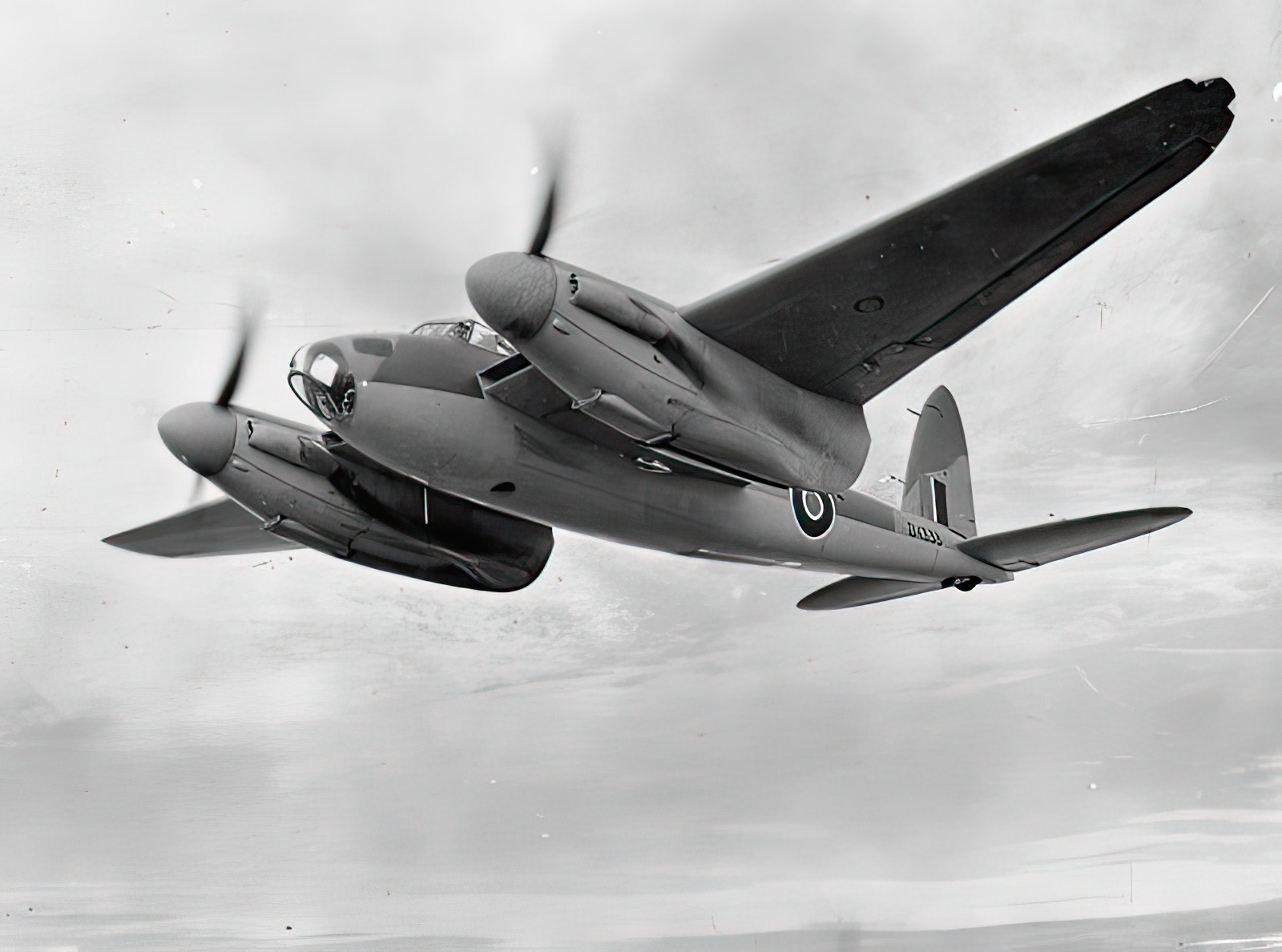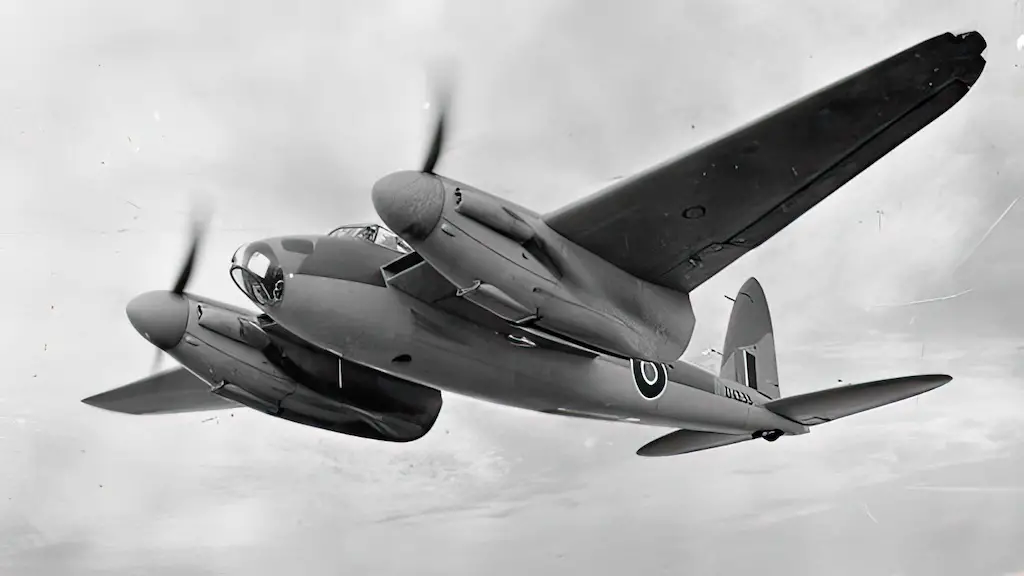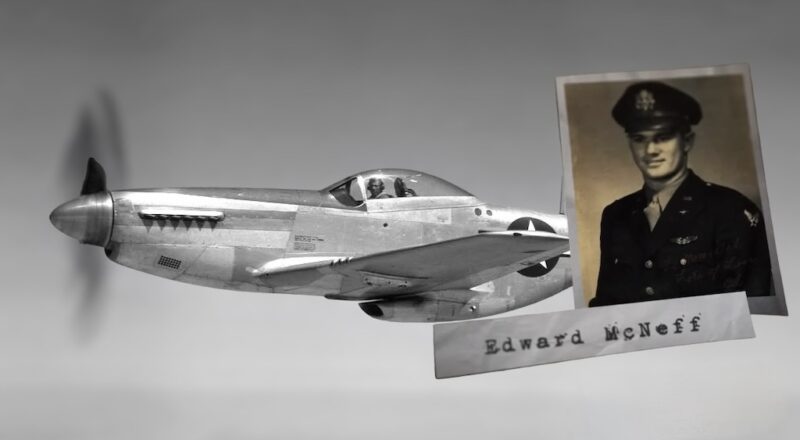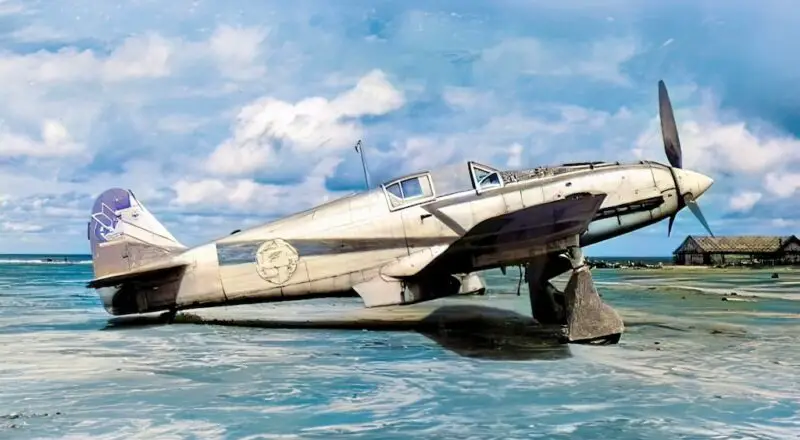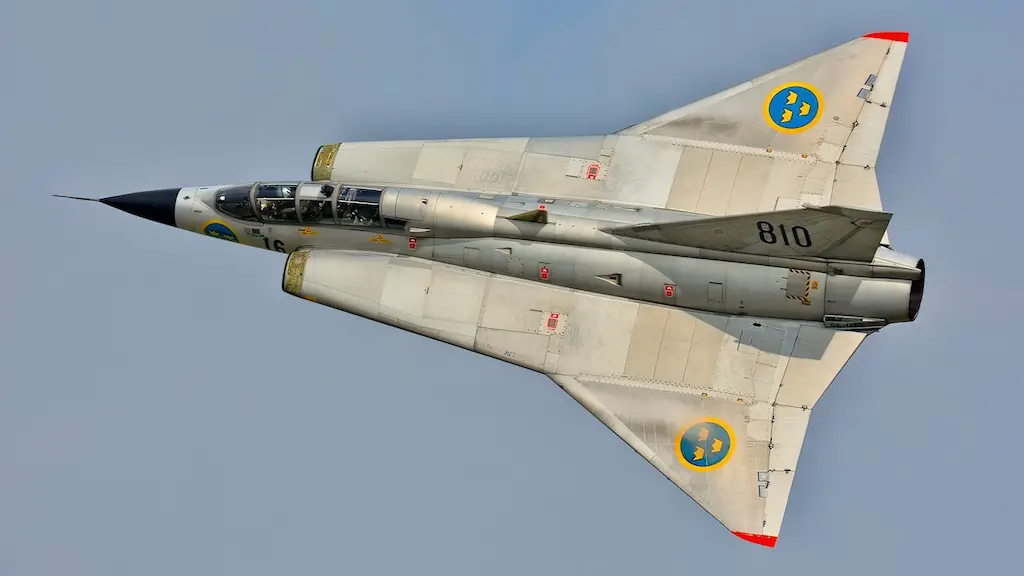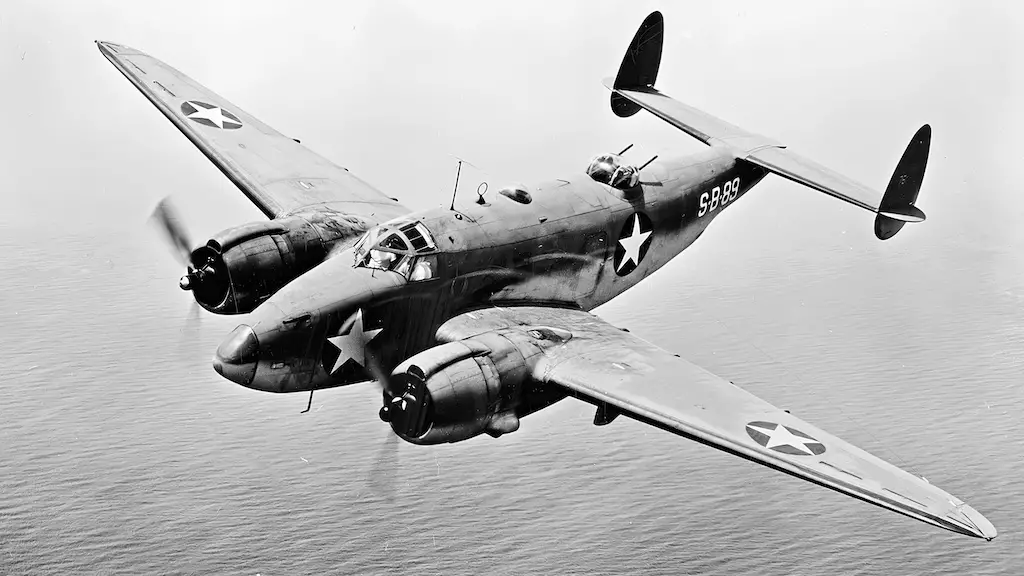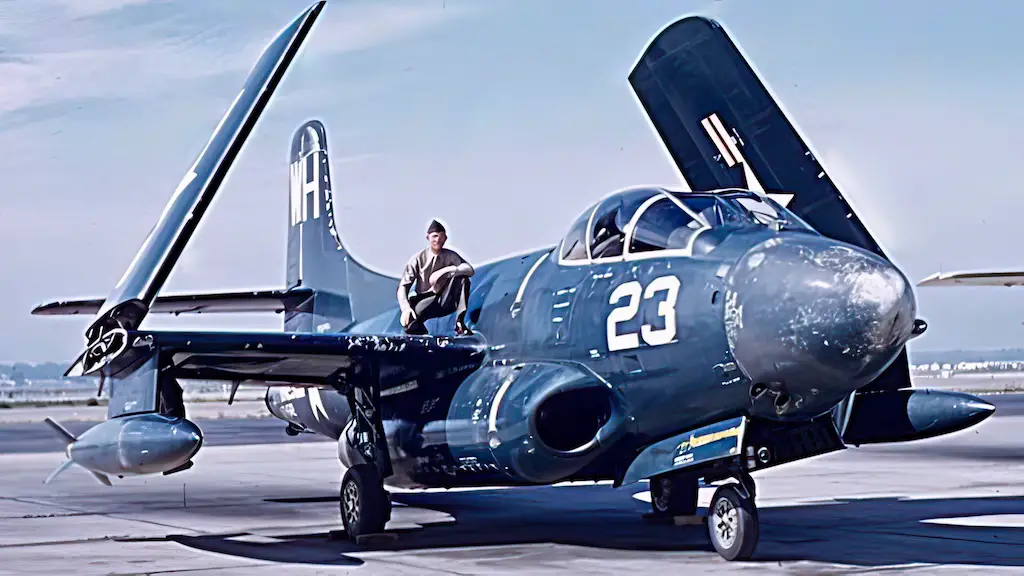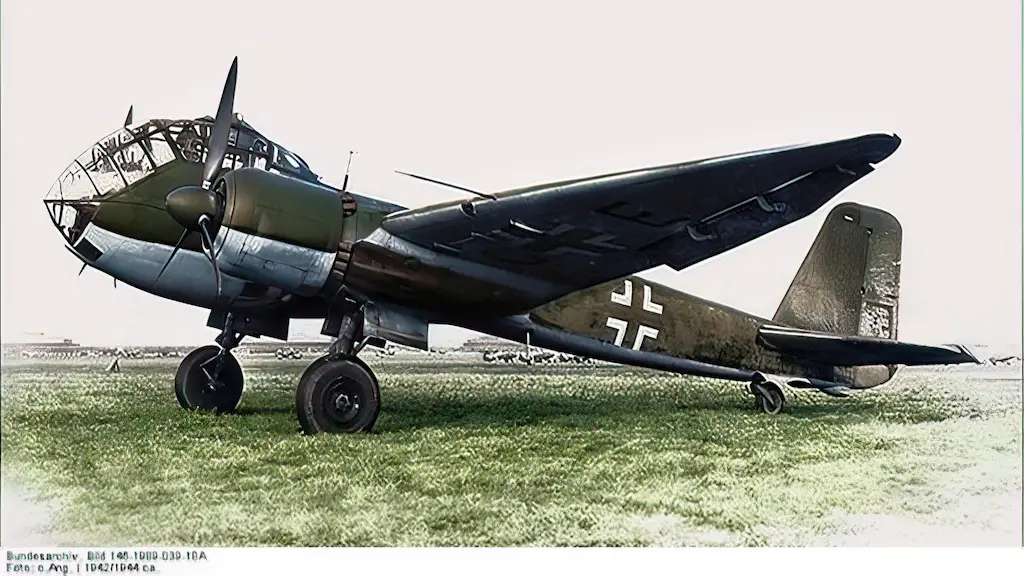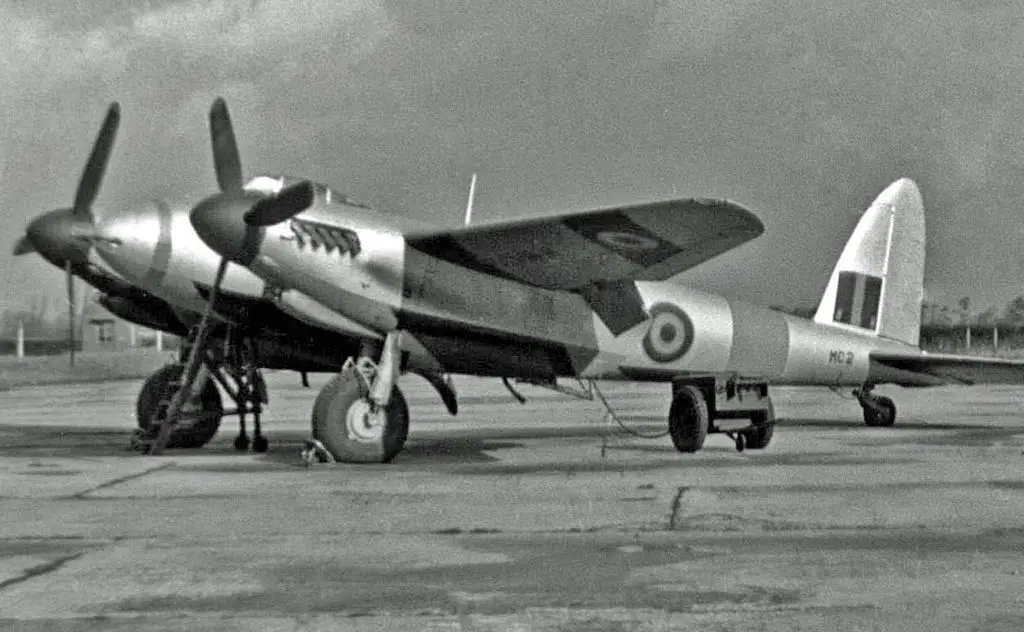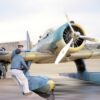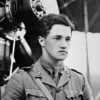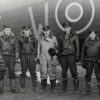In the turbulent skies of World War II, where danger loomed at every turn, two elements stood out: the unparalleled skill of the pilots and the unmatched dependability of their machines. The saga of Squadron Leader Arthur Oxlade and his navigator Lieutenant Donald Shanks is a testament to this potent combination. Together with the steadfast De Havilland Mosquito Mark VI, they embarked on a mission that would forever etch their names in aviation history. This is their extraordinary tale.
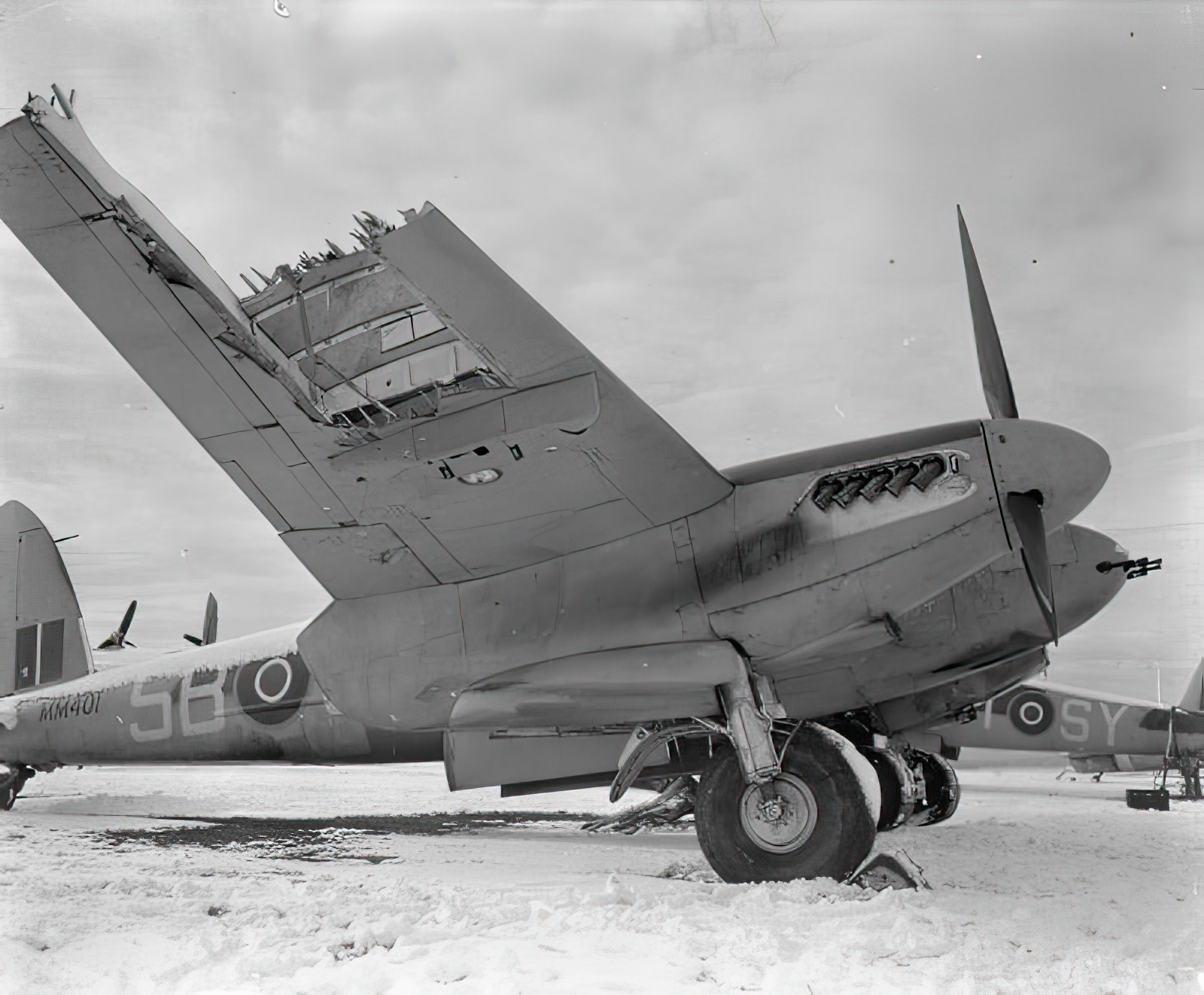
Experimental Tech and Stealth Dominance
Innovation was key during World War II, and Oxlade’s Mosquito wasn’t any ordinary aircraft. It was equipped with an experimental IFF transponder, designed to fool German radar systems into recognizing it as a friendly Luftwaffe aircraft. The Mosquito’s wooden construction made it an early exemplar of stealth tech, minimizing its radar signature. Flying at sea level, it could easily slip under radars, making detection nearly impossible.

Navigating a Hornet’s Nest
Oxlade and Shanks’ mission led them straight into the heart of danger: the heavily defended V1 flying bomb sites in Calais, France. As they maneuvered through what Oxlade termed a “hornet’s nest”, they were suddenly illuminated by German searchlights. With only four minutes to decide their fate, they had a daunting choice: turn back or continue. Their unwavering commitment to the mission kept them going, even in the face of extreme adversity.
Defying Death Amidst the Rain of Fire
Their audacity was immediately tested. As they surged upward to strike the V1 site, the skies erupted with anti-aircraft fire. A devastating hit severely damaged their Mosquito’s wing, and soon after, one of their engines was annihilated. But in this dire moment, Oxlade’s unmatched piloting coupled with the Mosquito’s resilient design pulled them through. Despite the catastrophic damage and the odds stacked against them, they completed their mission and plotted a perilous course back to RAF Friston. Their return, against all expectations, was nothing short of a miracle, leaving an indelible mark of admiration and respect.
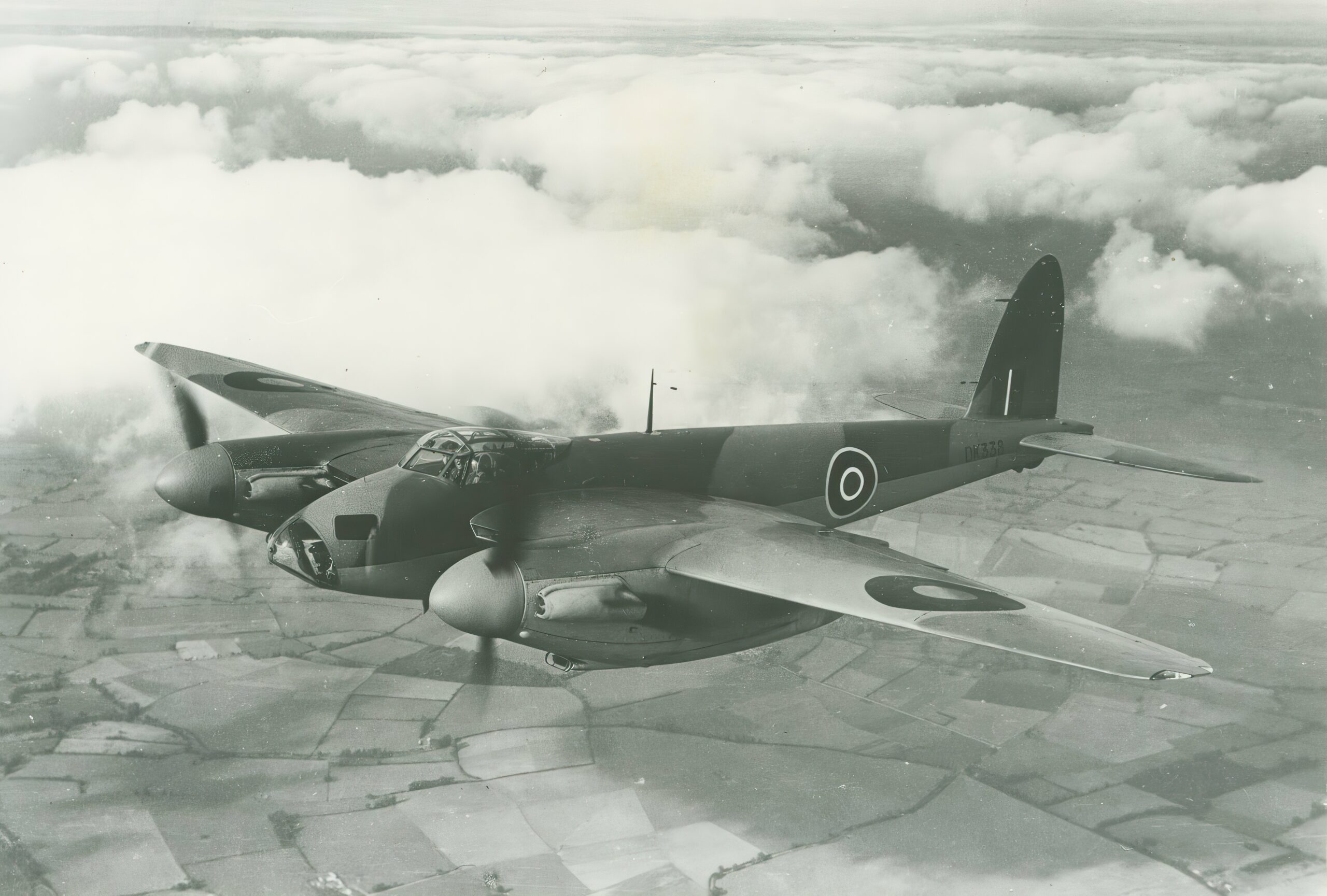
A Final Farewell and An Undying Hope
Sadly, Oxlade and Shanks’ partnership would come to a tragic end on D-Day, the 6th of June 1944. After a successful mission targeting enemy defenses in Mayan, their Mosquito was hit. In a final act of selflessness, Oxlade managed to save Shanks, urging him to bail out, but he himself never returned. Shanks, with the help of the French Resistance, evaded capture and returned to England. For years, he held onto a glimmer of hope that his brave pilot friend might still be alive.
